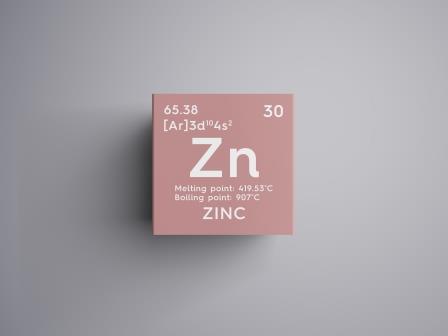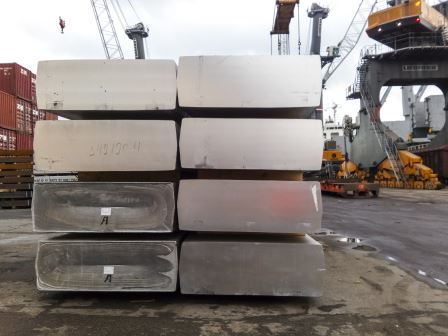
Zinc dropped to a multi-month low on simmering trade tensions between world’s two top economies, fears of supply glut and a strong dollar. On the London Metal Exchange (LME), it is the worst performing non-ferrous metal this year so far, losing about 28 percent from its February highs. Indian prices too followed suit with the benchmark MCX futures plummeting to one-year low recently.
Investors are nervous that growing trade tensions will potentially damage global economic growth and demand for metals. The U.S. and China slapped tariffs on each other’s imports, which has roiled the global commodity and financial markets. Chances of imposing additional tariffs on imports from China by the U.S is threatening prices as well. The U.S – China relation may further worsen unless China makes necessary changes in its intellectual property practices and subsidized plans for high-technology industries.
Amid prevailing trade tensions, concerns about slow economic growth in China, which is the major producer and consumer of zinc, is weighing on the sentiments as well. China’s economic growth slowed down in the second quarter of this year as trade dispute with the U.S is challenging their growth outlook. China is the world’s largest zinc producer, putting out 5.1 million MT last year. Additionally, the country is also the top consumer, accounting for about half of the global consumption.
China’s demand for zinc is supported by strong property sale and government’s push for more infra projects. The metal is largely used for galvanizing steel, hence about 50 percent of global demand accounts for the construction industry. Transportation, infra, industrial machinery and consumer products are the other areas of demand for the metal.
Concerns over increased supply is also putting downward pressure. As per International Lead and Zinc Study Group (ILZSG) data, the global market for refined zinc is in surplus by 25000 tonnes against the first quarter of 2018. The report also showed that supplies have risen by 2.9 percent in the first four months of 2018, while demand declined by 0.5 percent in the same period.
Meanwhile, inventory levels in Shanghai and LME warehouses have shown a draw down. Inventories in the LME warehouses have fallen more than 45 percent since the start of 2017, while in the warehouses monitored by Shanghai Futures Exchange (SHFE), it is down by 63 percent since March due to the environmental clampdown. Chinese government’s push for clean air has negatively affected the mining and smelting sector in the country.
Zinc prices are facing headwinds from the strong dollar as well. A surging dollar makes dollar-denominated metals more expensive for the buyers using other currencies. The U.S greenback has risen more than seven percent since the U.S Administration’s decision to impose tariffs on imports. Monetary tightening by the U.S Federal Reserve is boosting the dollar as well.
Looking ahead, worries over the trade dispute between the world’s two leading economies and its impact on metal demand might weigh on the zinc market. However, falling inventories and a possible bargain buying at low level may take prices higher in the immediate future. Unless any changes in its key fundamentals, LME prices are likely to be congested inside the tight range of $2670-$2420 levels. On the domestic front, Rs 168 would be a critical support for MCX August futures, while a close above the strong resistance of Rs 188 needs to trigger fresh buying momentum.
Posted: July 2018








